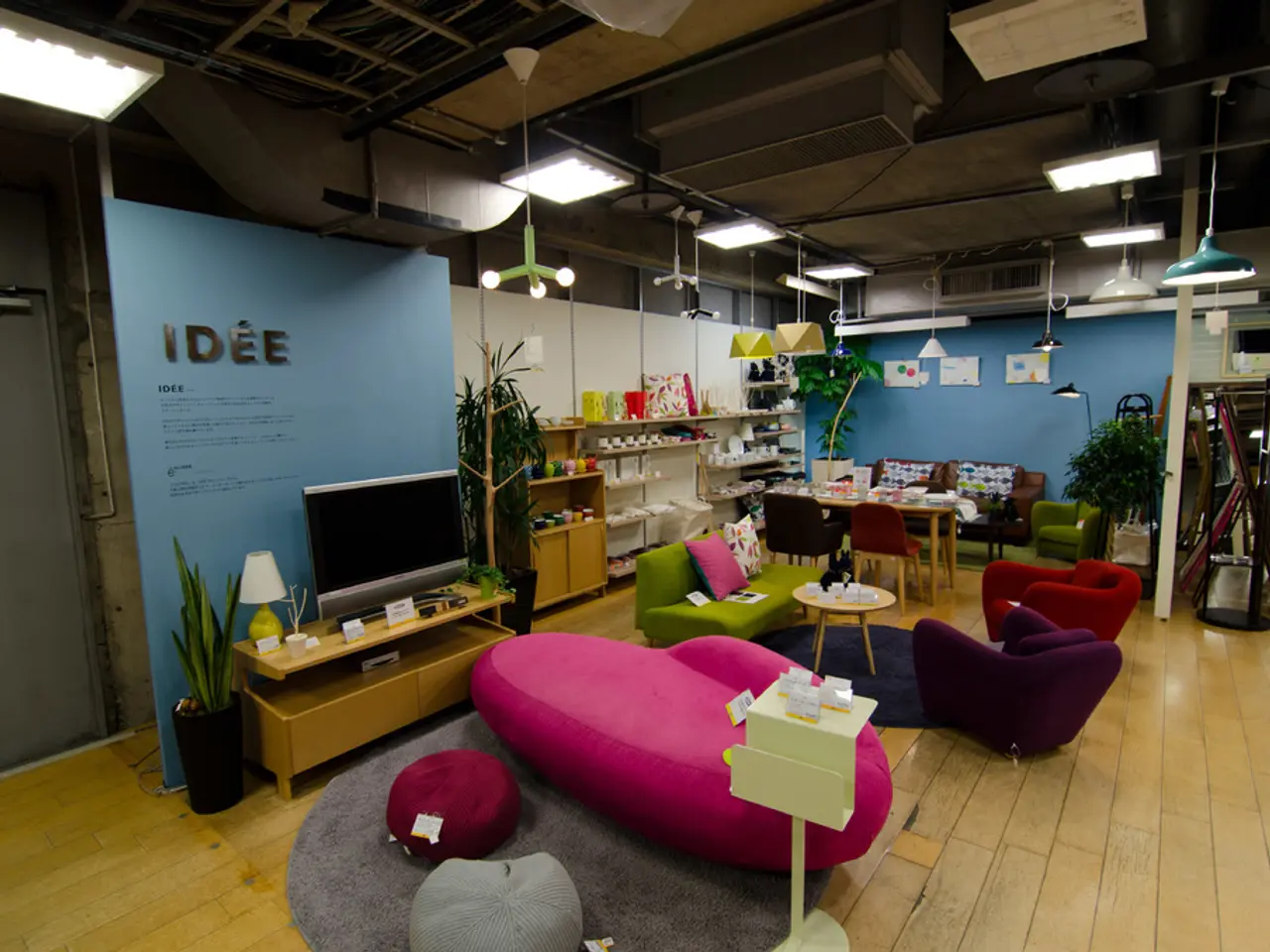Strategies for Overseeing Heating in Spacious Multi-Room Residences within Larger Families
Heating a multi-room home can be a challenge, especially when it comes to maintaining consistent temperatures and reducing energy costs. However, by implementing a few simple strategies, you can ensure that each room in your home receives heat efficiently without waste, improving comfort and reducing energy bills.
Zoned Heating
The first step in heating a large multi-room home efficiently is to divide your home into zones based on usage patterns or floors. By controlling temperatures independently in each zone, you can avoid heating unoccupied areas, improving temperature consistency and reducing energy waste. Zoned systems are particularly beneficial in multi-story homes where heat distribution naturally varies. Although initially more expensive, zoning offers long-term utility cost reductions and less wear on HVAC equipment.
Integrating your zoned system with smart thermostats allows for precise programming, remote control, and learning capabilities that optimize heating schedules for each zone. This results in more consistent temperatures and lower energy bills.
Insulation and Sealing
Assessing and upgrading your insulation quality is crucial to ensure heated air stays in living spaces longer, reducing HVAC workload. Sealing gaps and improving weatherstripping on doors and windows can prevent heat loss, boosting system efficiency and comfort. Consider insulation levels in rooms differently exposed to sun or with high heat gains/losses, as this impacts required heating capacity.
Smart Thermostats and HVAC Upgrades
Using smart thermostats that provide zone-specific control, remote access, and adaptive learning can optimize heating times and avoid energy waste. Regular HVAC maintenance and using high-efficiency air filters maintain system efficiency and indoor air quality.
Choosing an appropriately sized heating system after calculating the heating load per room, factoring in square footage, ceiling height, sun exposure, occupancy, and appliances, ensures that the system is capable of meeting the heating demands of your home without wasting energy.
Additional Tips
Consider mini split systems for multi-room heating; selecting the right capacity for each zone ensures effective airflow and energy efficiency. Systems like Electric Thermal Storage (ETS) can shift heating to off-peak electricity times, lowering costs while maintaining consistent comfort in all rooms.
Up to 25% of heat in a home can be lost through an uninsulated roof. Loft insulation is a cost-effective way to boost a home's energy efficiency. Understanding how warm air circulates in a home can help prevent wasted energy and discomfort. Smart thermostats allow setting a heating schedule based on a family's daily routine.
By combining zoned HVAC, smart thermostat control, and effective insulation and sealing practices, you ensure each room receives heat efficiently without waste, improving comfort and reducing energy bills across your entire multi-room home.
- Integrating your zoned heating system with smart thermostats not only provides precise programming for each zone, but also enhances energy efficiency by optimizing heating schedules, thereby reducing energy bills associated with home-and-garden events and daily lifestyle activities.
- In addition to zoned heating and smart thermostats, proper insulation and sealing of your home, particularly doors and windows, plays a significant role in retaining heat, minimizing heat loss, and improving overall system efficiency - a crucial aspect of maintaining an energy-efficient lifestyle.




